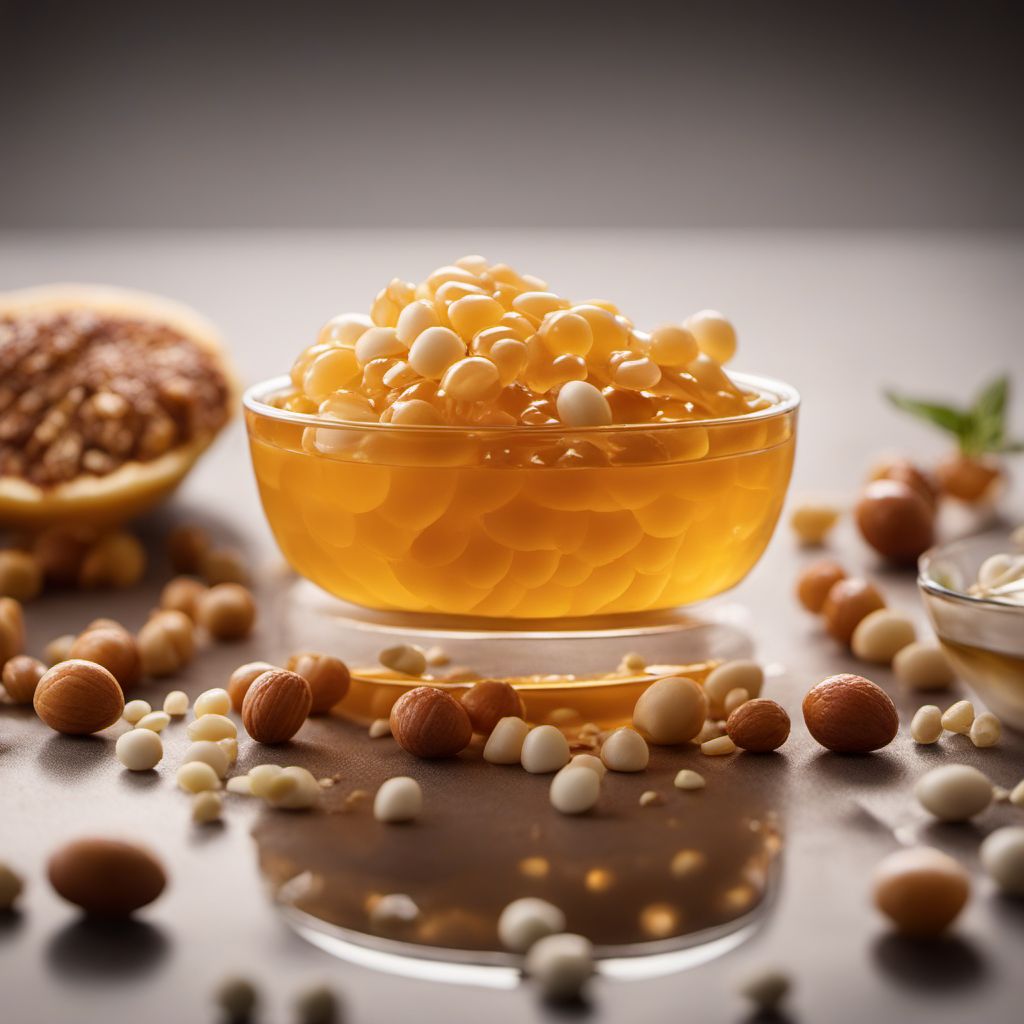
Ingredient
Glazing agent
Enhancing Food Appeal
Glazing agents are typically applied as a thin, glossy coating on the surface of food items to give them an attractive sheen. They can be made from various ingredients, such as natural waxes, resins, or synthetic compounds. Glazing agents are commonly used in confectionery, baked goods, and processed foods to enhance their appearance and prolong their shelf life.
Origins and history
The use of glazing agents dates back centuries, with early civilizations using natural substances like honey or tree sap to glaze food items. Over time, the development of food technology led to the creation of synthetic glazing agents that offer improved functionality and stability. Today, glazing agents are widely used in the food industry to enhance the visual appeal of products.
Nutritional information
Glazing agents are typically low in calories and do not contribute significant nutritional value to food products. However, some glazing agents may contain additives or allergens, so it is important to read ingredient labels carefully if you have specific dietary restrictions or allergies.
Allergens
May contain allergens such as soy, milk, or nuts depending on the specific glazing agent used.
How to select
When selecting glazing agents, consider the specific requirements of your recipe or product. Different glazing agents offer varying levels of shine, stability, and compatibility with different food items. It is important to choose a glazing agent that suits the desired appearance and purpose of the food product.
Storage recommendations
To maintain the quality of glazed food products, store them in a cool, dry place away from direct sunlight. Proper storage helps prevent the glazing agent from melting or becoming sticky. Additionally, follow any specific storage instructions provided by the manufacturer or recipe.
How to produce
Glazing agents are typically produced by food manufacturers using specialized equipment and processes. The production methods may vary depending on the specific glazing agent being produced. It is not recommended for amateurs to produce glazing agents at home due to the complexity and potential safety hazards involved.
Preparation tips
Glazing agents are primarily used in the food industry for commercial food production. They are commonly applied to confectionery items like chocolates, candies, and glazed fruits. Glazing agents are also used in baked goods, such as donuts, pastries, and bread rolls, to give them an attractive shine. Additionally, they can be used to glaze certain processed foods, like ready-to-eat meals or frozen desserts.
Culinary uses
Glazing agents are widely used in the food industry for various applications. They are commonly found in confectionery products, baked goods, and processed foods. Glazing agents are used globally, as they are an integral part of food manufacturing processes.
More ingredients from this category » Browse all
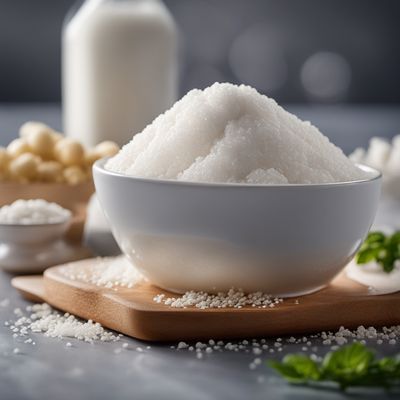
Emulsifying salts
The Magic of Emulsifying Salts

Flavour enhancer
The Magic of Umami
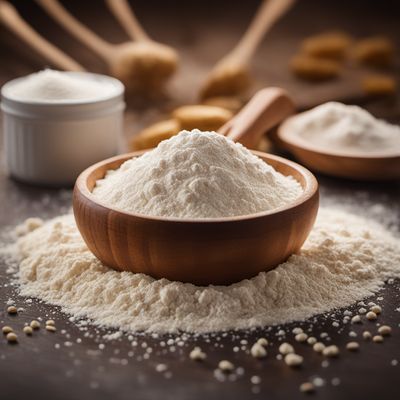
Flour treatment agent
The Secret Ingredient for Perfect Baked Goods

Thickener
The Art of Creating Perfectly Thickened Delights

Propellent gas
The Power Behind the Spray: Unveiling the Secrets of Propellent Gas

Raising agents
The Magic Behind Culinary Rise: Unveiling the Secrets of Raising Agents

Binding agent
The Glue of Culinary Creations: Unveiling the Power of Binding Agents
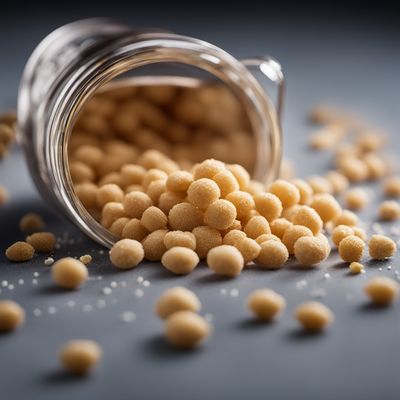
Modified starch
The Versatile Transformations of Starch
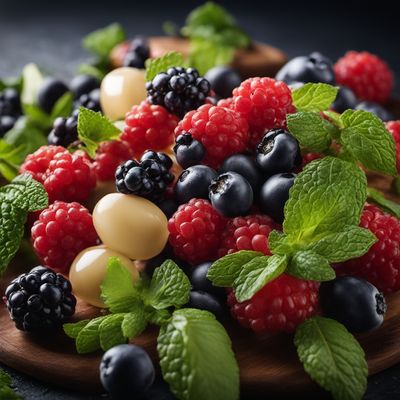
Antioxidant
"Nature's Defense: Unleashing the Power of Antioxidants"

Firming agent
The Secret Ingredient for Perfect Texture

Gelling agent
The Magic of Gelling Agents

Stabiliser
The Secret Ingredient for Perfect Texture